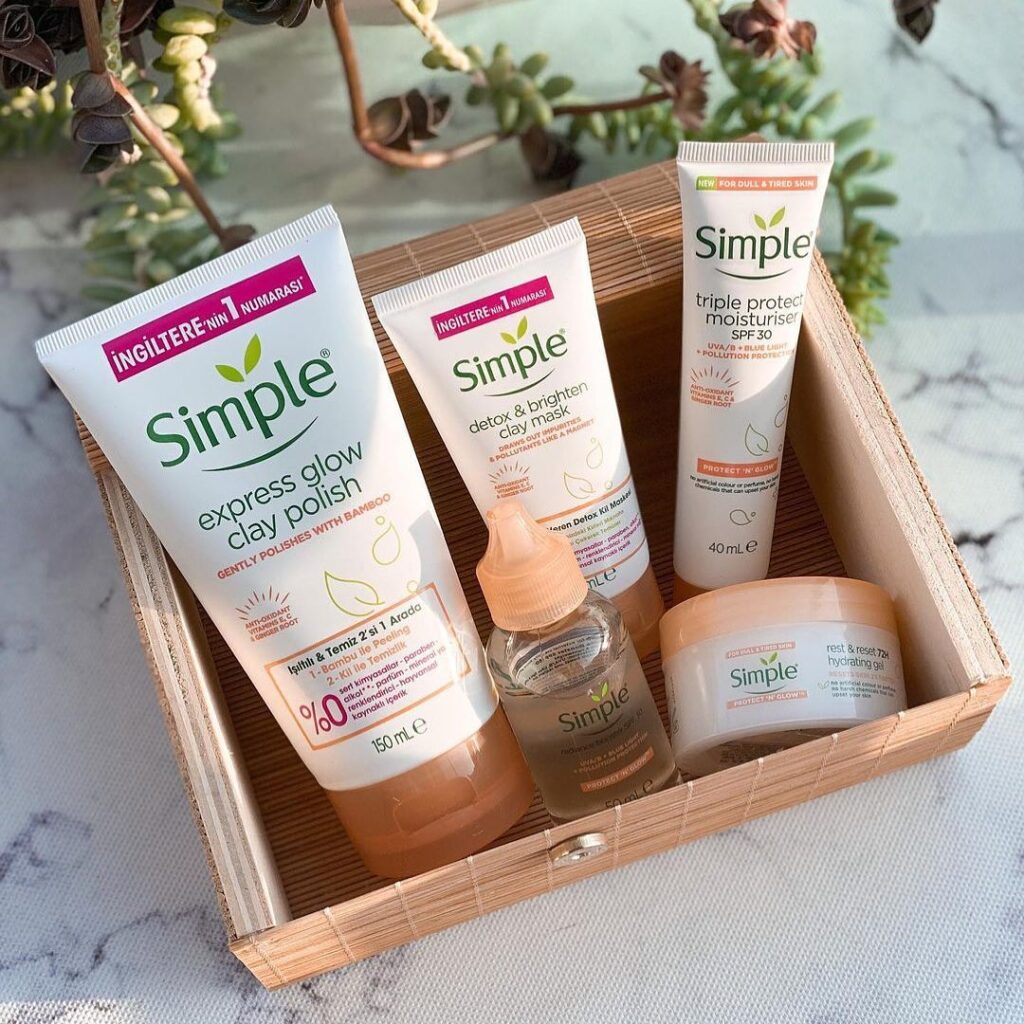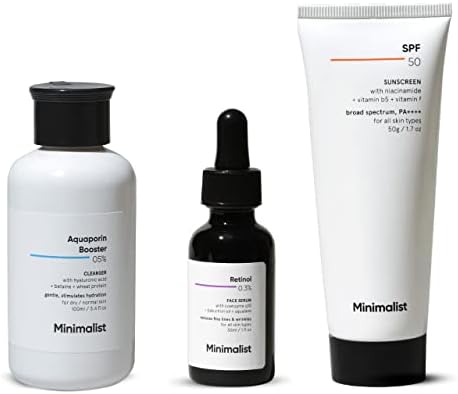Your skincare routine shouldn’t be static. As the weather changes, so do your skin’s needs. The shift in temperature, humidity, and even sun exposure means it’s essential to adapt your regimen for optimal skin health. Whether you’re moving from winter’s harsh dryness to spring’s humidity or preparing for the chill of fall after a hot summer, adjusting your skincare routine will help keep your skin balanced, hydrated, and glowing all year long.
In this post, we’ll break down seasonal skin changes and offer tailored tips to help you transition smoothly and effectively—without overhauling your entire routine.
1. Understanding How Seasons Affect Your Skin

The skin is the body’s largest organ and reacts sensitively to environmental changes. As seasons shift, several factors come into play:
- Temperature: Cold weather can strip moisture from the skin, while heat can lead to excess oil production and clogged pores.
- Humidity: High humidity helps retain hydration but can also cause sweat and product buildup; low humidity can lead to dryness and flakiness.
- Sunlight Exposure: Longer daylight hours increase UV exposure, which means more sun protection is necessary.
Recognizing how your skin changes seasonally is the first step to optimizing your skincare routine.
2. Transitioning from Winter to Spring

Spring usually means more humidity and slightly warmer temperatures. Your skin may still feel dry from the winter, but now it’s time to focus on gentle renewal.
- Switch to lighter moisturizers: Trade thick creams for gel-based or water-based moisturizers that hydrate without clogging pores.
- Exfoliate gently: Introduce mild exfoliants like lactic acid or enzymes to remove winter build-up and reveal fresh skin.
- Boost SPF: With longer days, increase the use of sunscreen (at least SPF 30) even on cloudy days.
Spring is also a great time to incorporate antioxidant-rich serums—like vitamin C—to protect your skin from environmental stressors and encourage a healthy glow.
3. Adapting Your Routine for Summer Heat

Summer introduces more heat, oil production, and sun exposure. This is the time to simplify your routine and focus on oil control, sun protection, and hydration.
- Use a lightweight cleanser: Opt for a gentle foaming or gel cleanser to remove sweat and sunscreen buildup.
- Hydrate with humectants: Incorporate hyaluronic acid serums that draw moisture into the skin without heaviness.
- Go oil-free: Choose non-comedogenic moisturizers and sunscreens to prevent clogged pores and breakouts.
Your summer skincare routine should also include frequent reapplication of sunscreen, especially if you’re spending time outdoors or at the beach.
4. Prepping for Fall—Repair and Restore

As summer fades, your skin may be recovering from sun exposure and dehydration. Fall is the time to restore balance and prep for colder months.
- Introduce nourishing ingredients: Add serums or creams with ceramides, peptides, or niacinamide to repair the skin barrier.
- Exfoliate strategically: Weekly exfoliation with AHAs or BHAs helps clear away dead skin cells and smooth texture.
- Don’t ditch SPF: The sun may feel weaker, but UV rays are still present—continue wearing sunscreen daily.
Fall also welcomes the return of richer moisturizers as your skin starts needing extra protection against dry air.
5. Winter-Proofing Your Skincare Routine

Winter is often the most challenging season for skin. Cold air, wind, and indoor heating all work to dehydrate your skin. This is where layering becomes your best friend.
- Switch to cream cleansers: Ditch foaming cleansers and choose gentle, non-stripping cream or balm-based formulas.
- Layer your products: Use hydrating toners, serums, and then follow with rich occlusive moisturizers to seal in moisture.
- Add facial oils: These help restore lipids and keep the skin soft and supple in dry climates.
Hydration is essential, so consider using a humidifier at home and increasing water intake to support your skin from within.
6. Extra Tips for Seamless Seasonal Transitions

Here are a few universal tips to make seasonal transitions easier and more effective:
- Listen to your skin: Notice changes like tightness, breakouts, or dullness—these are signs it’s time to adapt.
- Introduce new products slowly: Always patch test and give new products time to show results.
- Visit a dermatologist or esthetician: Seasonal check-ins can help tailor your skincare routine with expert input.
- Don’t forget lips and hands: These areas are also affected by weather and often overlooked.
The more attuned you are to the environmental shifts around you, the better you’ll be at adjusting your skincare for consistent results year-round.
Conclusion: Smart Skincare for Every Season
A well-thought-out skincare routine evolves just like your wardrobe—with every season bringing new priorities. Instead of completely replacing your products every few months, make thoughtful tweaks to address hydration, oil balance, and environmental stressors.
With a bit of planning and attentiveness, you can keep your skin healthy, radiant, and resilient—no matter the season. Make transitions gradual, pay attention to how your skin reacts, and above all, focus on nourishment and protection year-round.
